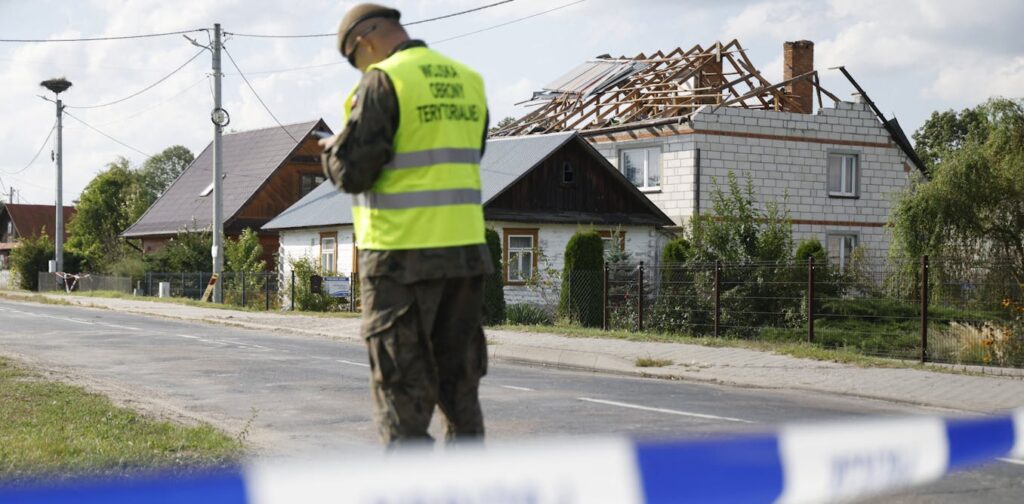
NATO fighter jets intercepted and shot down several Russian drones over Polish airspace on September 10, 2025, escalating tensions in the ongoing Russia-Ukraine conflict. This incident marks the first time Russian unmanned aircraft have breached the airspace of a NATO member since the conflict began in February 2022. While Moscow claims the drones accidentally strayed into Polish territory, European leaders suspect a deliberate provocation.
In response, Poland has invoked Article 4 of the NATO treaty, a significant diplomatic move that calls for consultations among alliance members. This action underscores the gravity of the situation and the potential for a broader conflict.
Understanding Article 4 of the NATO Treaty
Article 4 allows any NATO member feeling threatened to request a consultation of the North Atlantic Council (NAC), NATO’s highest decision-making body. While NAC meetings occur regularly, invoking Article 4 prompts a special session to discuss appropriate responses to perceived threats.
John R. Deni, a nonresident Senior Fellow at the Atlantic Council, explains that while invoking Article 4 is serious, it does not carry the same implications as Article 5, which calls for collective defense. “Article 4 opens the door for dialogue and strategic planning among allies,” Deni notes.
The Role of Article 5
Article 5 is central to NATO’s mission, stating that an attack on one member is considered an attack on all. This principle of collective defense has only been invoked once, following the September 11, 2001, terrorist attacks on the United States. The decision to invoke Article 5 requires the attacked nation to request it, which Poland has not yet done.
The NATO treaty, signed in April 1949, was initially a response to post-World War II security concerns, particularly the threat from the Soviet Union. While Article 5 does not mandate a specific military response, it obliges members to consider collective action.
Historical Context and Previous Invocations
Article 4 has been invoked multiple times, notably by Turkey during the Syrian conflict and by Eastern European NATO members following Russia’s 2022 invasion of Ukraine. These instances highlight the article’s role in facilitating dialogue and coordinated responses to security threats.
In contrast, Article 5’s singular invocation post-9/11 led to European allies supporting the U.S. with patrols and military base security, showcasing NATO’s commitment to collective defense.
Poland’s Strategic Objectives
By invoking Article 4, Poland aims to bring attention to repeated Russian violations of NATO airspace, particularly in Eastern Europe. These incursions, often attributed to either error or intentional provocation, have strained relations and heightened security concerns.
Poland’s move seeks to galvanize NATO support for a stronger response to Russian aggression. “We expect Poland to highlight the frequency and intent behind these violations,” says Deni. “The goal is to secure unequivocal backing from allies.”
Potential U.S. and NATO Responses
The United States is expected to support Poland’s defense efforts, reaffirming its commitment to NATO allies. Recent meetings between Polish President Karol Nawrocki and U.S. President Donald Trump have emphasized the strong bilateral relationship and potential for increased military cooperation.
While it’s possible that U.S. air defense assets in Germany could be redeployed to Poland, no official requests have been made. Such a move would demonstrate a tangible commitment to bolstering NATO’s eastern defenses.
The invocation of Article 4 signals a critical juncture in the Russia-Ukraine conflict, with implications for NATO’s future strategy and cohesion. As consultations proceed, the alliance must balance diplomatic engagement with readiness to defend its members.
As the situation unfolds, the world watches closely, aware that the decisions made in the coming weeks could shape the geopolitical landscape for years to come.







